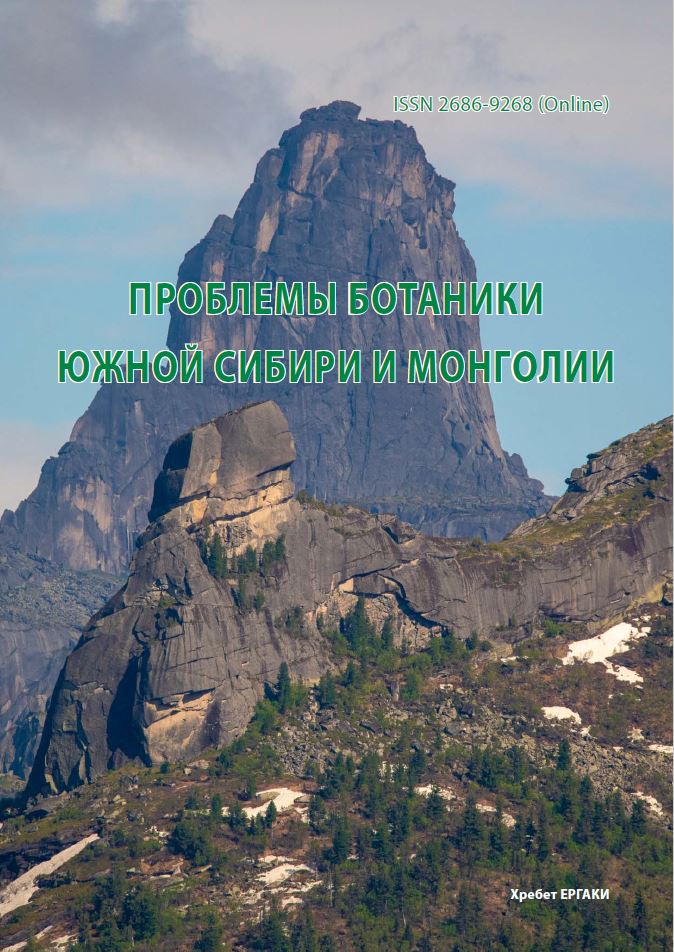Geographic isolation and ribotypes on the example of some endemics of the genus Corydalis (Fumariaceae)
УДК 582.682.6+575.86
Abstract
The main topic of this scientific work is the study of the characteristics of species ribotypes under conditions of long-term ecological and reproductive isolation. Three groups of endemics were selected. The first group is gypsophilic species: ^rydalis sangardanica Mikhailova, С. microphylla Mikhailova, С. gypsophyla Mikhailova. The second group is the rock cushion species: С. mira (Batalin) C. Y. Wu et H. Chuang, and С. yazgulemica Mikhailova et Sochivko. The third group is rocky, geographically isolated species: С. macrocalyx Litv, and С. rupestris Kotschy. The scientific novelty in this work is the use of genetic methods of analysis in the field of studying the possible hybridization of species of the genus Corydalis (Fumariaceae). NGS (Next-Generation Sequencing) was performed on the Illumina MiSeq platform. The first transcribed spacer (ITS1) of the nuclear ribosomal 35S rDNA gene was taken as a marker region. As a result, for each sample, a set of Zotu multicopy ribotypes (zero-radius operational taxonomic unit) was obtained, on the basis of which a qualitative and quantitative comparison of the samples was performed. It was shown that there are no common ribotypes in all three groups. The number of ribotypes in the studied species varies from one to six, which may be due to the peculiarities of hybridization in the past.
Downloads
Metrics
References
Edgar R. C. Search and clustering orders of magnitude faster than BLAST // Bioinformatics, 2010. - Vol. 26(19). -P. 2460-2461.
Kumar S., Stecher G., Li M., Knyaz C., Tamura K. MEGA X: Molecular Evolutionary Genetics Analysis across computing platforms // Mol. Biol. Evol., 2018. - Vol. 35. P. 1547-1549.
Ridgway K. P., Duck J. M., Young J. P. W. Identification of roots from grass swards using PCR-RFLP and FFLP of the plastid trnL (UAA) intron // BMC Ecol., 2003. - Vol. 3. - P. 8.
White T. J., Bruns T., Lee S., Taylor J. Amplification and direct sequencing of fungal ribosomal RNA genes for phylogenetics // PCR Protocols: A Guide to Methods and Applications / M. A. Innis, Gelfand D. H., Sninsky J. J., White T. J. (eds.). - Academic Press, Inc.: New York, NY, USA, 1990. - P. 315-322.



